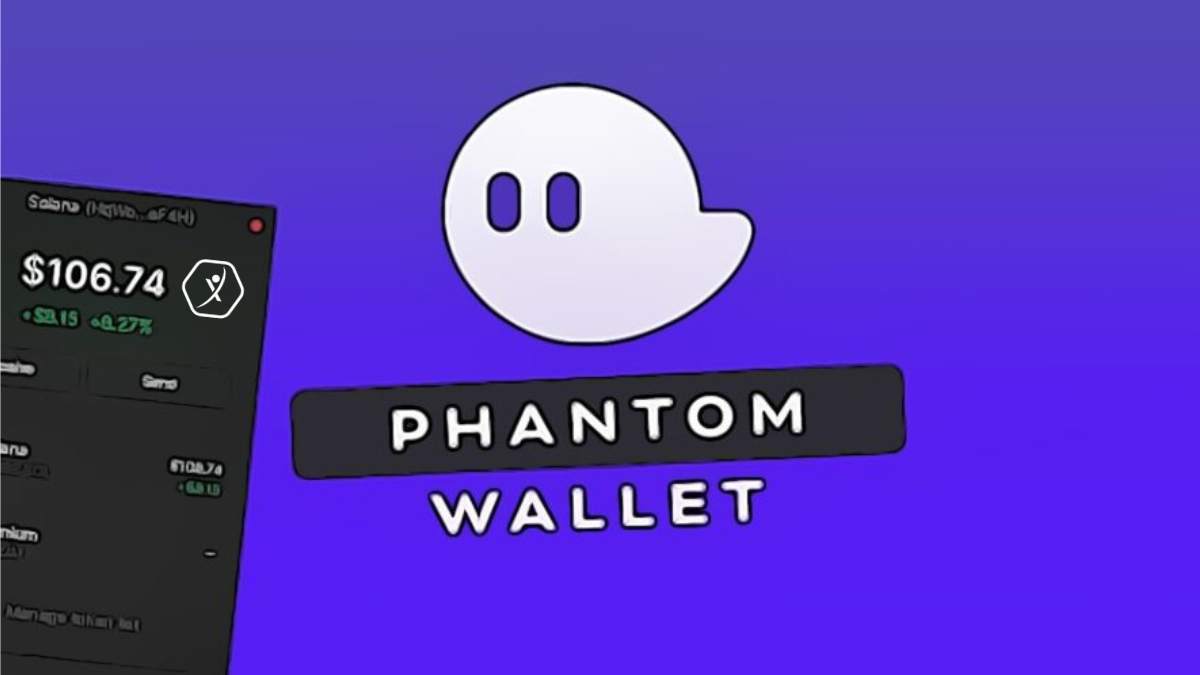So, I was messing around with different Solana wallets the other day, and honestly, something about phantom just clicked. It’s weird—at first glance, it’s just another browser extension, right? But then, when you start diving into DeFi protocols or signing those tricky transactions, it suddenly feels like a tool built with actual users in mind, not just coders.
Wow! The way it handles security is pretty slick. Not too complicated, but still gives you that confidence that your assets aren’t just floating in the ether. I mean, security in crypto wallets is a huge deal; one slip and—boom—you’re toast. But phantom strikes a balance between being user-friendly and locking things down tight. It’s like someone finally got the memo that not everyone wants to juggle 15-step verification just to swap tokens.
My gut told me to dig deeper. Initially, I thought, “Okay, it’s probably just hype around the Solana ecosystem’s speed.” But then, I noticed how phantom integrates seamlessly with a bunch of DeFi protocols without constantly throwing errors or asking for weird permissions. Actually, wait—let me rephrase that—some wallets claim to do the same, but phantom’s flow is smoother, almost intuitive.
Here’s the thing. Transaction signing can be a headache. Some wallets make you confirm every tiny detail like you’re signing your life away. Phantom? It’s got this neat interface that shows you exactly what you’re signing, no cryptic jargon. That transparency is very very important, especially if you’re hopping between NFT drops and DeFi farms. (Oh, and by the way, that NFT compatibility? Super clutch for the Solana crowd.)
Seriously, when I first tried connecting phantom to a DeFi app, I half expected some glitch or lag—because you hear stories from folks stuck in endless loading loops. Nope. Smooth as butter. My instinct said, “This might actually stick.”
Security That Doesn’t Feel Like a Maze
Okay, so check this out—phantom stores your private keys locally, which is pretty standard, but what’s cool is how user-friendly it makes backup and recovery. No scary seed phrases thrown in your face without explanation. And yes, you still gotta jot them down, but the wallet gently nudges you through it. I’m biased, but that’s a breath of fresh air compared to some wallets that just dump you with jargon.
One thing that bugs me about many wallets is the clunky permission requests when connecting to DeFi apps. Phantom, however, requests permissions per app basis, so you’re not giving away the keys to the kingdom at once. That granular control feels very US-user friendly—like having a bouncer who checks IDs without tossing everyone out.
On one hand, this granular permission model adds a bit of friction, but on the other, it’s a small price for peace of mind. Though actually, I’d love to see even more customizable controls—maybe someday?
Something else I noticed: phantom’s transaction signing UI shows you the token balances involved, fees, and destination addresses in plain English. No need to decode hex strings or hunt for fine print. This clarity is a subtle but huge deal, especially for newbies or those juggling multiple assets.
Honestly, I’m not 100% sure how phantom manages to keep all this slickness without becoming bloated, but it feels like they’ve struck some magic balance between simplicity and power. It’s like the Tesla of Solana wallets—sleek, fast, but with serious safety features under the hood.

DeFi Protocols and Phantom: A Match Made in Crypto Heaven?
Jumping into DeFi on Solana can be a wild ride. You have to trust your wallet to not just store your tokens but to interact with complex smart contracts without hiccups. Phantom’s integration with popular DeFi protocols feels robust. It pops up exactly when you need to sign a transaction and disappears when done—no lingering permissions or annoying pop-ups.
At first, I was skeptical about how well it would handle multiple simultaneous transactions, especially during high traffic NFT launches or liquidity mining events. But it held up. That’s impressive given how hectic Solana’s ecosystem can get.
One minor gripe? Sometimes the transaction speed notifications lag a bit, leaving you guessing if your swap went through or not. But that’s more a Solana network thing than phantom’s fault. Still, it threw me off a couple times.
What’s really cool is that phantom supports staking within the wallet itself. You don’t have to jump to third-party sites or deal with sketchy interfaces. This all-in-one approach makes it feel less like you’re juggling 10 apps and more like you’ve got a real dashboard for your Solana assets.
Through this hands-on experience, I realized how essential a good wallet is—not just for security but for everyday usability. Phantom nails this, blending advanced features with an approachable design that doesn’t feel intimidating.
Wrapping Up with a New Perspective
So yeah, phantom isn’t perfect. It has its quirks and occasional hiccups, but it’s a solid choice for anyone deep into Solana’s DeFi and NFT scene. I wasn’t expecting to get so attached to a browser extension, but here we are. It’s like that reliable friend who keeps your secrets safe and actually makes your life easier.
If you’re cruising through Solana’s ecosystem and want a wallet that balances security, ease, and smart DeFi integration, give phantom a shot. You might just find, like me, that it’s the missing link between chaos and smooth sailing.
